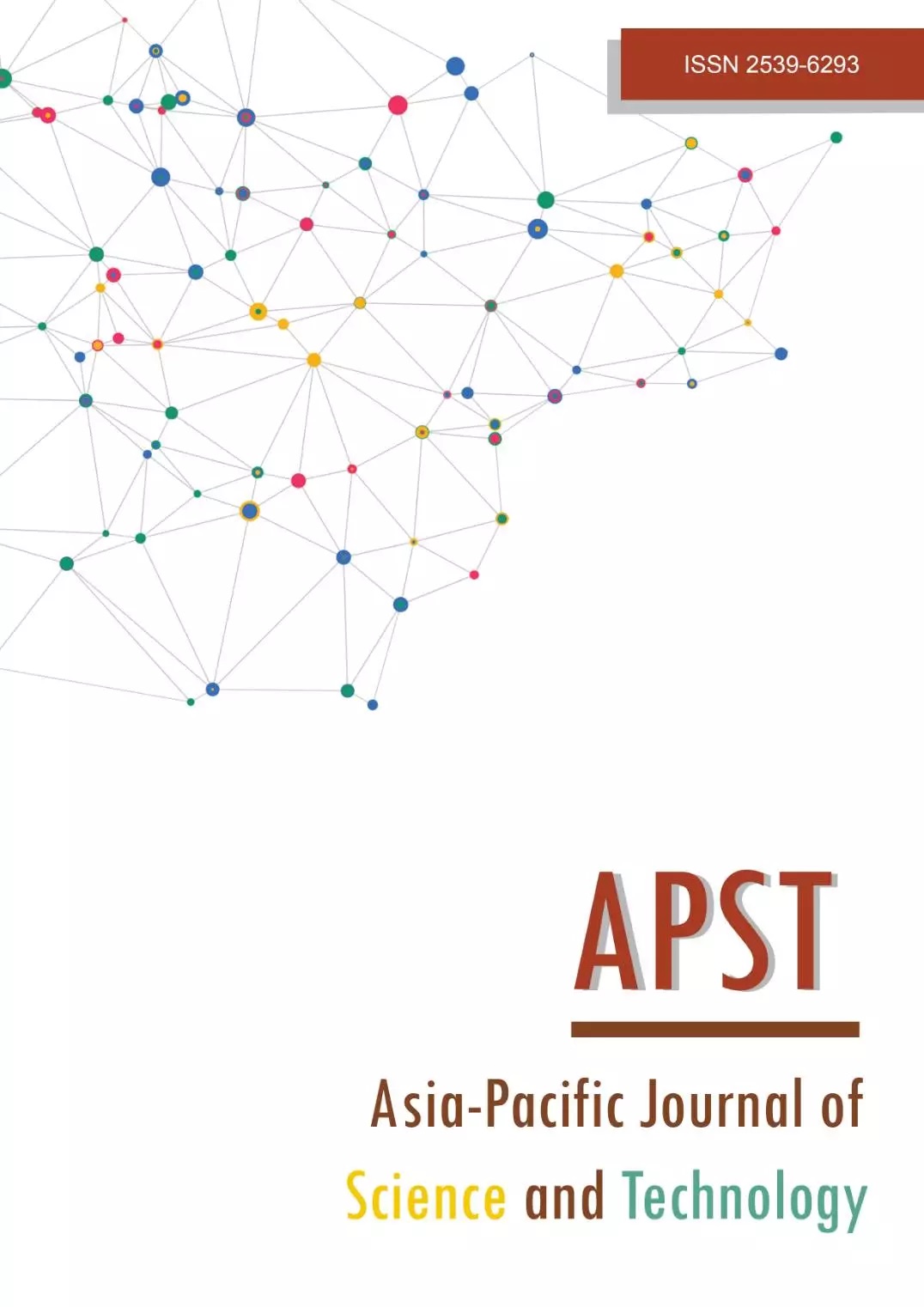Design and 3D printing of non-stochastic polylactic acid structures for biomedical applications
Main Article Content
Abstract
The mechanical characteristics of Polylactic acid (PLA) created using the fused deposition modeling (FDM) technique for biomedical applications are investigated in this paper. PLA is a low-cost, biocompatible polymer that may be employed in a variety of biomedical applications. Bone scaffolds must have a porosity range that is optimal for tissue development, injection of rheumatic agents, and tailoring of the mechanical characteristics of the wounded area. The most serious issue with polymeric implants is a mismatch in mechanical characteristics between bone and the implant, which leads to degeneration of the surrounding bone structure, implant disassociation, and implant deformation. The present work covers three-dimensional (3D) printing and mechanical characterization of PLA manufactured by using the FDM process. It also comprises the design and modelling of PLA structures with porosities ranging from 10% to 60% and research into their impact on mechanical characteristics. Mechanical parameters were measured, such as compressive strength and elastic modulus. The elastic modulus of the planned PLA structure was determined to be 6.5 GPa at 0% porosity, while 40% porosity was found to be the optimal amount. The mechanical characteristics of the real cancellous screw are used to create and customize Cancellous Screws with varying porosity ranges.
Article Details

This work is licensed under a Creative Commons Attribution-NonCommercial-NoDerivatives 4.0 International License.
References
Vamsi Krishna B, Susmita B, Amit B. Low stiffness porous Ti structures for load-bearing implants. Acta Biomater. 2007;3:997-1006.
Asgari H, Mohsen M. Microstructure and mechanical properties of stainless steel CX manufactured by direct metal laser sintering. Mater Sci Eng. 2018;709:82-89.
Agrawal C, Mauli. Biodegradable polymers for orthopaedic applications. In: Reis RL, Cohn D. editors. Polymer based systems on tissue engineering, replacement and regeneration. 1st ed. Dordrecht: Spring; 2002. p. 25-36.
Athanasiou KA, Agrawal CM, Barber FA, Burkhart SS. Orthopaedic applications for PLA-PGA biodegradable polymers. Arthrosc. 1998;14(7):726-737.
Harrane A, Adrien L, Hélène N, Xavier G, Jean C, Benjamin N. PLA-based biodegradable and tunable soft elastomers for biomedical applications. Biomed Mater. 2011;6:065006.
Lopes SM, Jardini AL, Filho MR. Poly (lactic acid) production for tissue engineering applications. Procedia Eng. 2012;42:1402-1413.
Jordan ET, Paschalia MM, Jordan SM, Matthew W, Fred KK, Antonios GM. Open‐source three‐dimensional printing of biodegradable polymer scaffolds for tissue engineering. J Biomed Mater Res. 2014;102(12):4326-4335.
Song Y, Li Y, Song W, Yee K, Lee KY, Tagarielli VL. Measurements of the mechanical response of unidirectional 3D-printed PLA. Mater Des. 2017;123:154-164.
Serra T, Planell JA, Navarro M. High-resolution PLA-based composite scaffolds via 3-D printing technology. Acta Biomater. 2013;9(3):5521-5530.
Niaza K, Senatov FS, Stepashkin AS, Anismova NY, Kiselevsky M. Long-term creep and impact strength of biocompatible 3D-printed PLA-based scaffolds. NHC. 2017;13:15-20.
Gregor A, Filová E, Novák M, Kronek J, Chlup H, Buzgo M, Blahnová V, et al. Designing of PLA scaffolds for bone tissue replacement fabricated by ordinary commercial 3D printer. J Bio Eng. 2017;11(1):31.
Gong G, Cui S, Zhao Y, Sun Y, Ding S. Strain-controlled fatigue behaviors of porous PLA-based scaffolds by 3D-printing technology. J Biomater Sci Polym Ed. 2017;28(18):2196-2204.
Zhao H, Li L, Ding S, Liu C, Ai J. Effect of porous structure and pore size on mechanical strength of 3D-printed comby scaffolds. Mater Lett. 2018;223:21-24.
Grémare A, Vera G, Reine B, Valérie H, Simon L, Nicolas L, et al. Characterization of printed PLA scaffolds for bone tissue engineering. J Bio Mater Res. 2018;106(4):887-894.
Corral BI, Ali B, Oriol PR. 3D printing of porous scaffolds with controlled porosity and pore size values. Materials. 2018;11(9):1532.
Germain L, Carlos AF, Aart WV, Anne R, Christine DG. 3D-printed biodegradable gyroid scaffolds for tissue engineering applications. Mater Des. 2018;151:113-122.
Cai M, Haoming L, Yuqing J, Jianglin W, Shengmin Z. A high-strength biodegradable thermoset polymer for internal fixation bone screws: Preparation, in vitro and in vivo evaluation. Colloids Surf B Biointerfaces. 2019;183:110445.
Azzuz L, Yong C, Mauro Z, Joshua MP, Leslie M, Guogang R, et al. Mechanical properties of 3-D printed truss-like lattice biopolymer non-stochastic structures for sandwich panels with natural fibre composite skins. Compos Struct. 2019;213:220-230.
Al-Ketan O, Rowshan R, Al-Rub RKA. Topology-mechanical property relationship of 3D printed strut, skeletal, and sheet based periodic metallic cellular materials. Addit Manuf. 2018;19:167-183.
Tao W, Ming CL. Design of lattice structure for additive manufacturing. In: Tao W, editors. 2016 International Symposium on Flexible Automation; 2016 Aug 1-3; Ohio, United Stated. Khon Kaen: UniNet; 2016. p. 325-332.
Trachtenberg JE, Paschalia MM, Jordan SM, Matthew W, Fred KK, Antonios G.M. Open‐source three‐dimensional printing of biodegradable polymer scaffolds for tissue engineering. J Biomed Mater Res. 2014;102(12):4326-4335.
Maconachie T, Martin L, Bill L, Xuezhe Z, Ma Q, Omar F, et al. SLM lattice structures: properties, performance, applications and challenges. Mater Des. 2019;183:108137.


